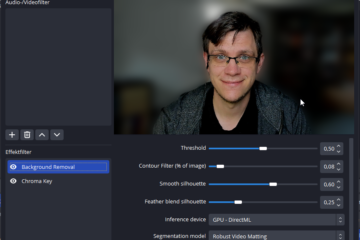utPLSQL
Quick + Easy: How to setup an Oracle 21c instance with the latest utPLSQL release
As a preparation for an upcoming workshop, I had to setup an Oracle instance with utPLSQL for demos and testing purposes. With today’s possibilities of running an Oracle 21c in a container (thank you Gerald Read more…






